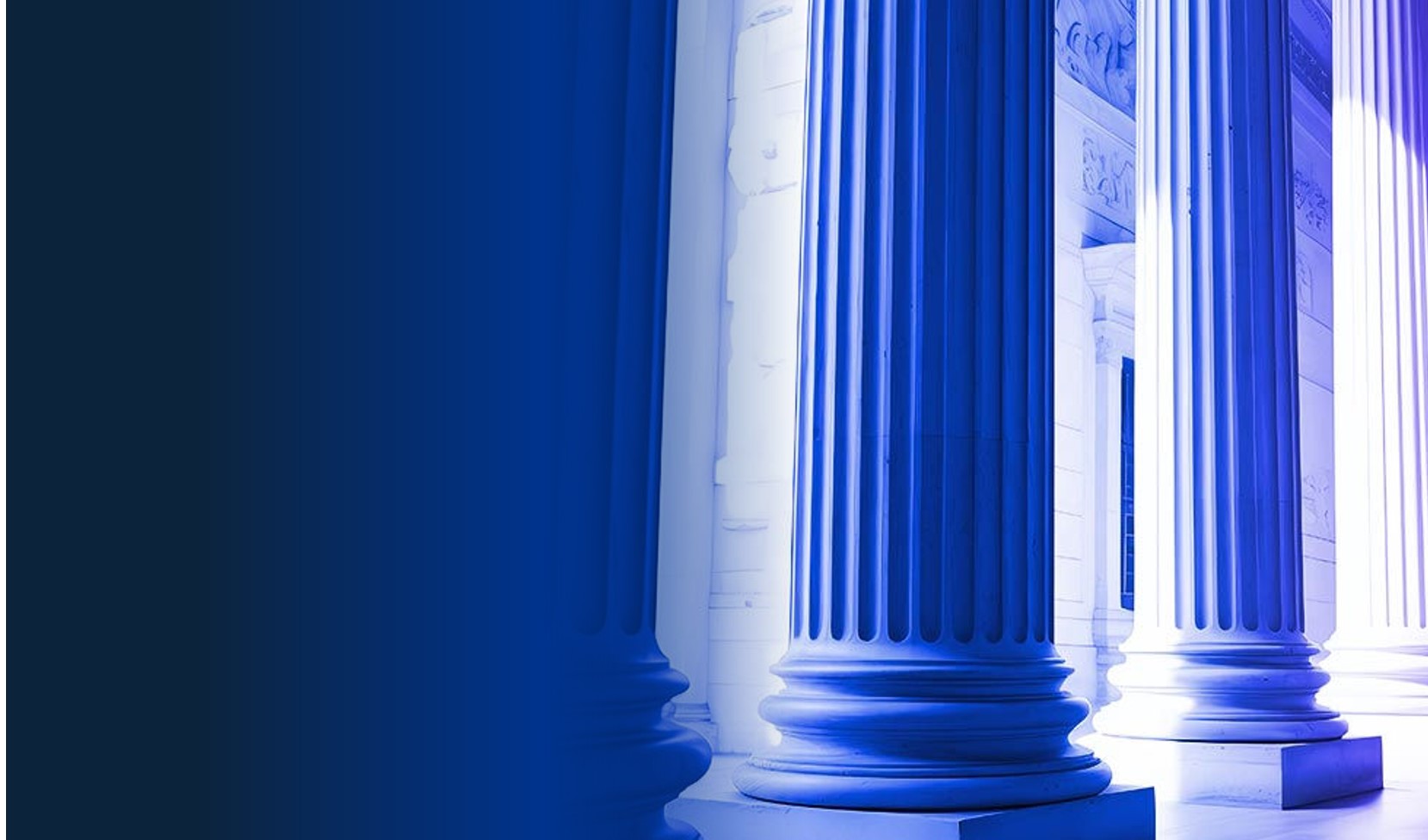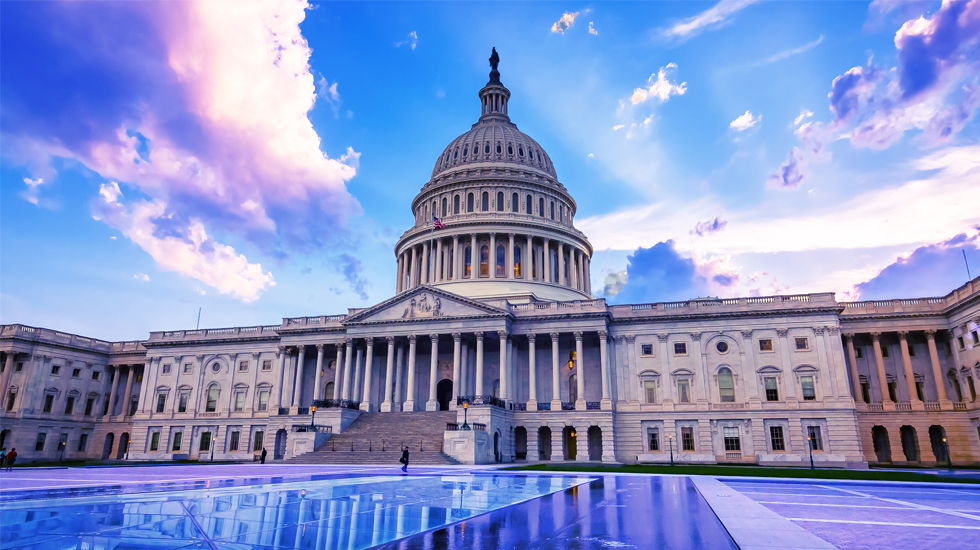SCOTUS Decisions: Year of Regulatory Anxiety
Rulings with rippling regulatory effects across industries

SCOTUS issues a number of big rulings with rippling regulatory effects across industries:
1) Loper Bright v. Raimondo, et al (Chevron Doctrine)
SCOTUS overturns the Chevron doctrine, a 40-year-old legal precedent whereby courts defer to agency interpretations of statutes in cases of ambiguity (as long as those interpretations are 'reasonable’).
KPMG Regulatory Insights
- Courts - Legal challenges to rulemaking, even outside of the Chevron doctrine, have been steadily on the rise, almost to the point of becoming 'normal course’ in the rulemaking process. Today’s decision will certainly bolster efforts to challenge agencies’ jurisdictional authorities – at least in the short term. Potential legal challenges could be widespread and varied, ranging from healthcare to environmental protections and consumer protections, questioning what is 'reasonable’, what is 'fair’, and what is constitutional. Agencies that may be impacted could include the FDA, OSHA, EPA, CFPB, SEC, DOL, and FTC.
- Congress - Anticipate that Congress will now be pressured to craft legislation with more detail and specificity rather than defer to agency interpretation, and perhaps even to revisit existing statutes.
- Agencies - On the other hand, agencies may be inclined to interpret 'ambiguous’ laws less expansively and to provide more specificity in their rulemaking, making a stronger case for how their requirements fit within their jurisdiction, align with the statutes, and hold to the “letter of the law”. In recent years, many have taken this course in response to heightening litigation risk, using frameworks/guidance to accommodate ambiguities and/or evolving market conditions.
In a more limited ruling on enforcement of security fraud violations, SCOTUS rules on the entitlement of a jury trial rather than an in-house review by the agency. (Note: SCOTUS declined to address broader challenges to the agency’s enforcement structure, including the use of in-house administrative law judges.)
KPMG Regulatory Insights
- Courts - Again, this decision may have consequences for the SEC and other enforcement agencies by forcing the processing of potential violations through court proceedings versus an internal review. In-house proceedings that may be impacted could include those in the CFTC, CFPB, HHS, FDA, Treasury, EPA, FCC, and DOT.
- Agencies – Enforcement agencies may look to focus enforcement actions and associated civil money penalties on “egregious” cases and those with the highest likelihood of favorable court rulings. They may also turn to more supervisory actions (versus formal enforcement actions).
3) Corner Post v. Board of Governors
SCOTUS rules that the statute of limitations under the Administrative Procedures Act (i.e., six years after the right of first action accrues) begins when the plaintiff is “injured” by the final agency rulemaking/action.
KPMG Regulatory Insights
- Courts – The ruling creates the potential for a large volume of legal challenge with broad application under the Administrative Procedures Act.
- Agencies – An agency rule, no matter how long outstanding, may be challenged by a plaintiff that has recently entered a business/business line impacted by that regulation.
SCOTUS’ historic rulings further push the regulatory environment as we know it into a new frontier of uncertainty, anxiety and regulatory discord. And, of course, as all of this unfolds, state regulators very likely may continue to step up to fill in any gaps. Watch for an uptick in activity.
2024 – the Year of Regulatory Anxiety continues.
Explore more
Get the latest from KPMG Regulatory Insights
KPMG Regulatory Insights is the thought leader hub for timely insight on risk and regulatory developments.


